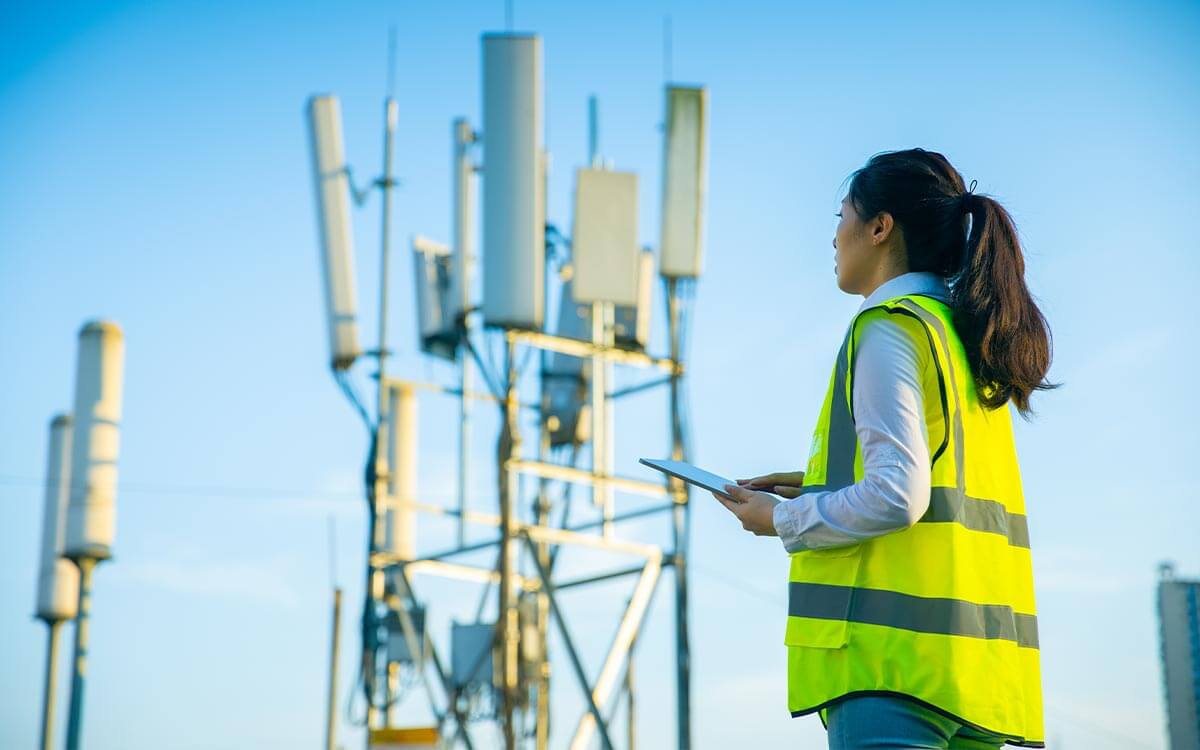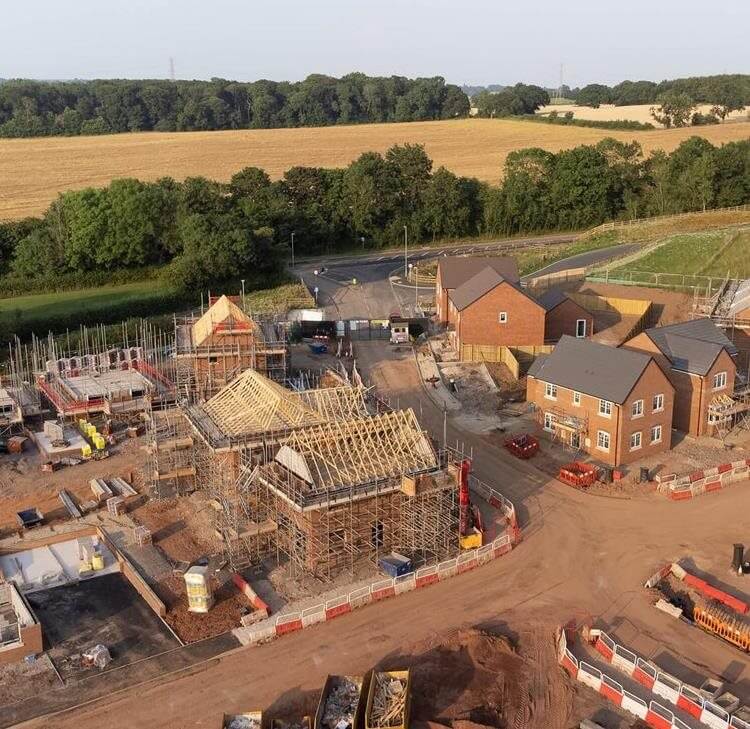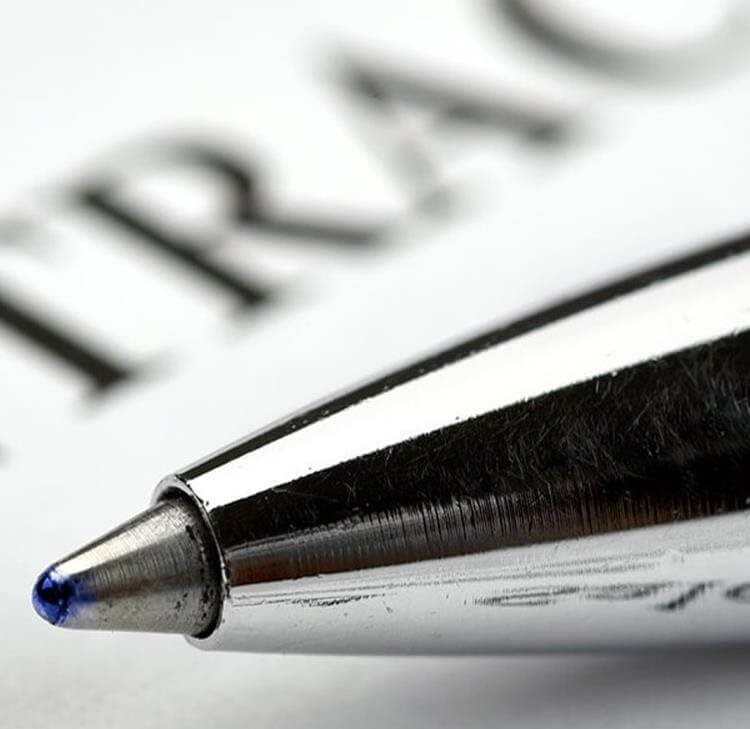Electronic signatures in conveyancing
On 9 July the Land Registry published draft guidance setting out the basis on which it will accept for registration transfers (and certain other deeds) that have been signed electronically.
Please note: the information contained in this legal update is correct as of the original date of publication
In our article on 5 May on the so-called ‘Mercury signing approach’, we commented that the Land Registry does not currently accept for registration deeds signed electronically and mentioned that some accommodation for electronically signed deeds would be a welcome ‘shot in the arm’ for the real estate industry in these difficult times. Well – it seems that we will not have to wait too much longer for that ‘shot in the arm’.
On 9 July, slightly out of the blue, the Land Registry published draft guidance setting out the basis on which it will accept for registration transfers (and certain other deeds) that have been signed electronically. Although this may change, the procedure currently envisaged by the Land Registry is as follows:
- All the parties to a transaction agree to the use of electronic signatures and an electronic signature platform (the “Platform”).
- All the parties have conveyancers acting for them.
- A conveyancer is responsible for setting up and controlling the signing process through the Platform.
- That conveyancer:
- uploads the final agreed copy of the deed (including any plans) to the Platform;
- populates the Platform with the name, email address and mobile phone number of the signatories and witnesses; and
- highlights the fields that need completing within the deed, indicating by whom they are to be completed and the signing order (e.g. so that a witness signs after the signatory whose signing they are witnessing).
- The Platform emails the signatories to let them know the deed is ready to sign.
- The signatories input a one-time password (“OTP”) (containing a minimum of six numbers) sent to them by text message by the Platform to access the deed on the Platform via the email they have received.
- The signatories enter the OTP and sign the deed in the physical presence of a witness, with the date and time being automatically recorded within the Platform’s audit trail.
- Once they have observed the signatory sign the deed, the witness receives an email from the Platform inviting them to sign and add their details in the space provided. The witness inputs an OTP sent to them by text message by the Platform, signs and adds their address, with the date and time again being automatically recorded.
- Once the signing process has been concluded, a conveyancer effects completion of the deed by dating it within the Platform.
As the law requires that a witness to a deed is physically present (a deed cannot be witnessed by video-link), the draft guidance suggests that conveyancers might wish to add a statement next to (or beneath) where the witness is to sign in which the witness confirms they were physically present when the signatory signed the deed.
The draft guidance recognises that companies can also execute deeds electronically through the signatures of two directors (or a director and the company secretary) without needing a witness (arguably a preferable process with electronic execution, given the strict requirement for a witness to be physically present).
The Land Registry has asked for any feedback on the draft guidance by 18 July, so the whole process should hopefully be finalised shortly after that date.
The Land Registry hopes that this change of practice will provide conveyancers with immediate help in meeting the difficulties of working with paper in the current crisis. However, it wants to go further and hopes to introduce in the near future what is known as Qualified Electronic Signatures, which could eventually replace the more basic electronic signatures referred to in the current draft guidance. These digital signatures have greater security as there is a process preceding them that positively identifies the signatory and the resultant document is encrypted so that it cannot be altered. As a result, a witness to a signature is not required. The Land Registry has promised to issue a practice note in the next few weeks on how Qualified Electronic Signatures may be used.
So, after many years dragging its heels, it seems that the conveyancing process is now moving very quickly into the 21st century. It’s just a shame that it has taken a global pandemic to get there!
Contact

David Harris
Professional Development Lawyer
david.harris@brownejacobson.com
+44 (0)115 934 2019








































